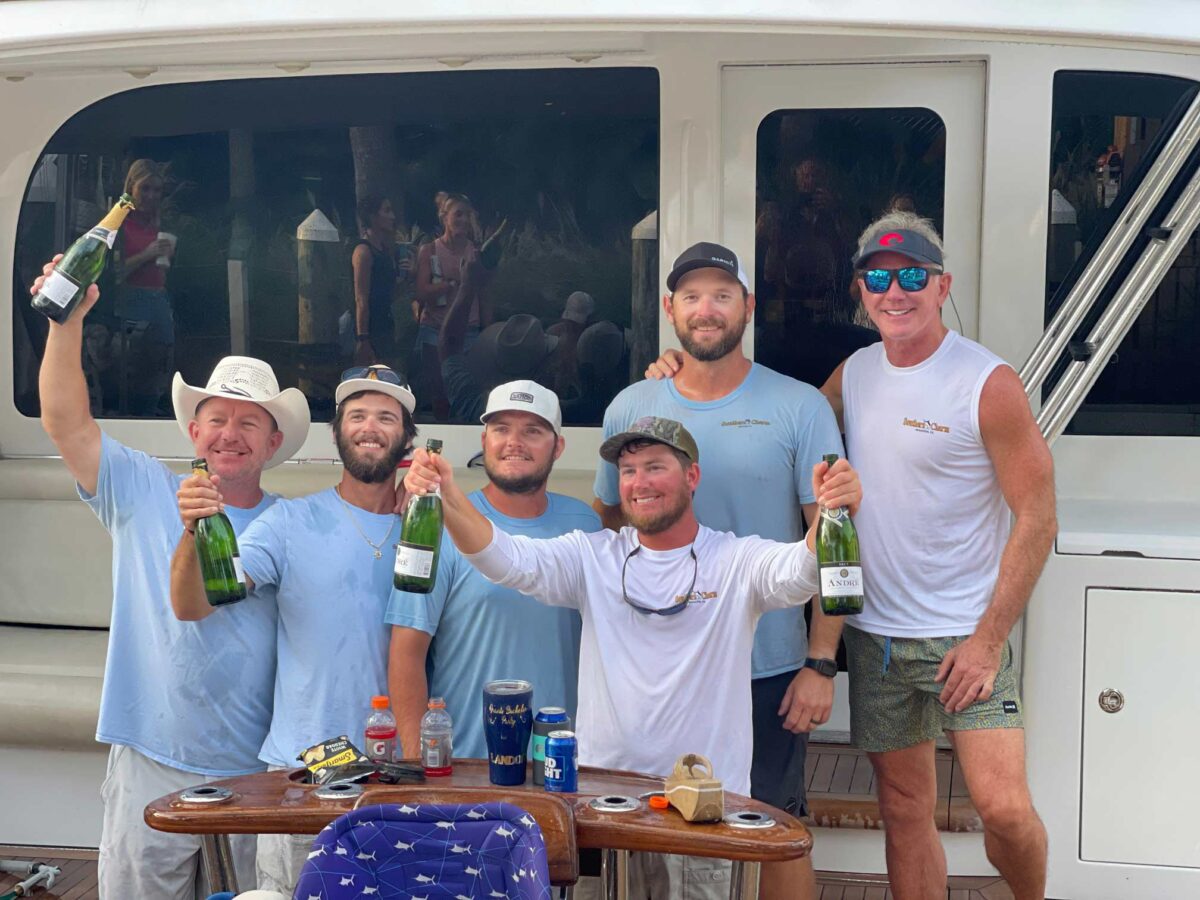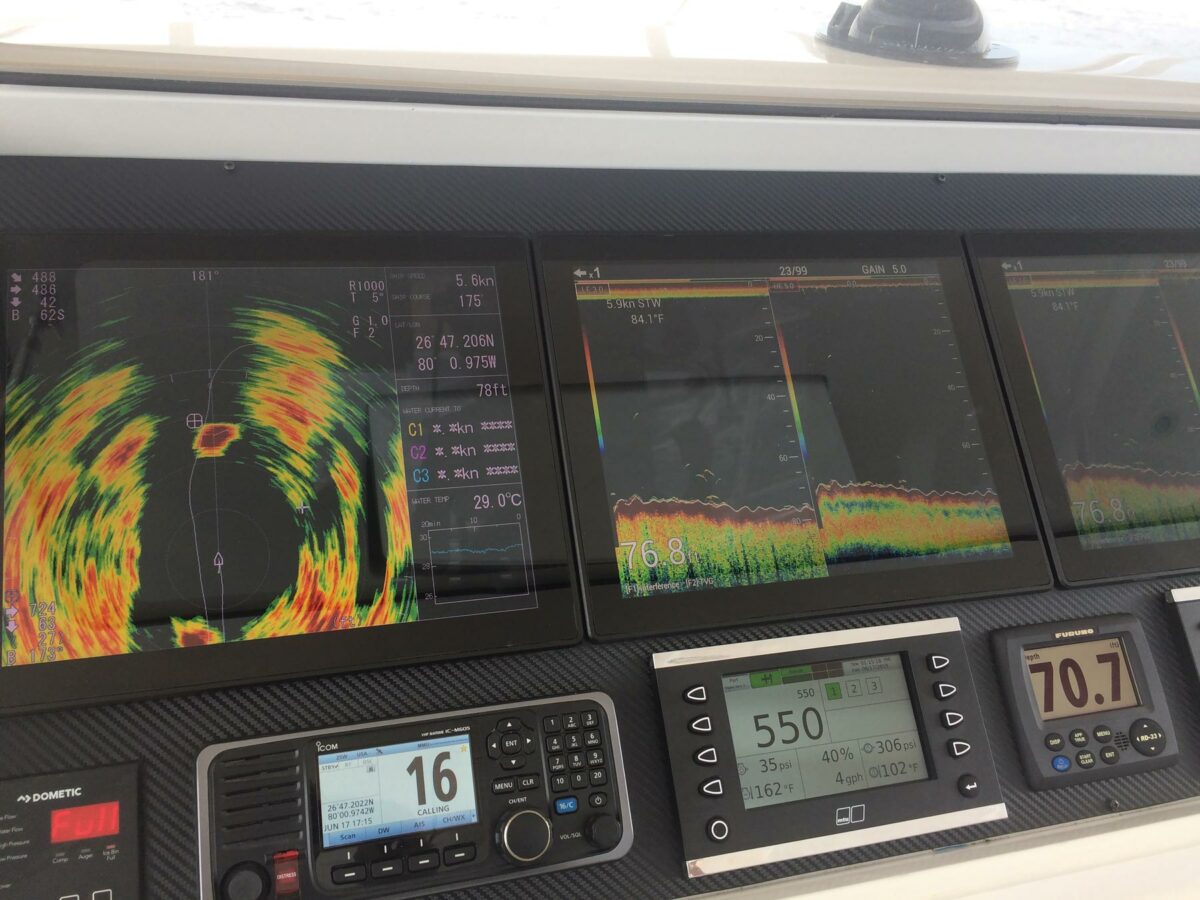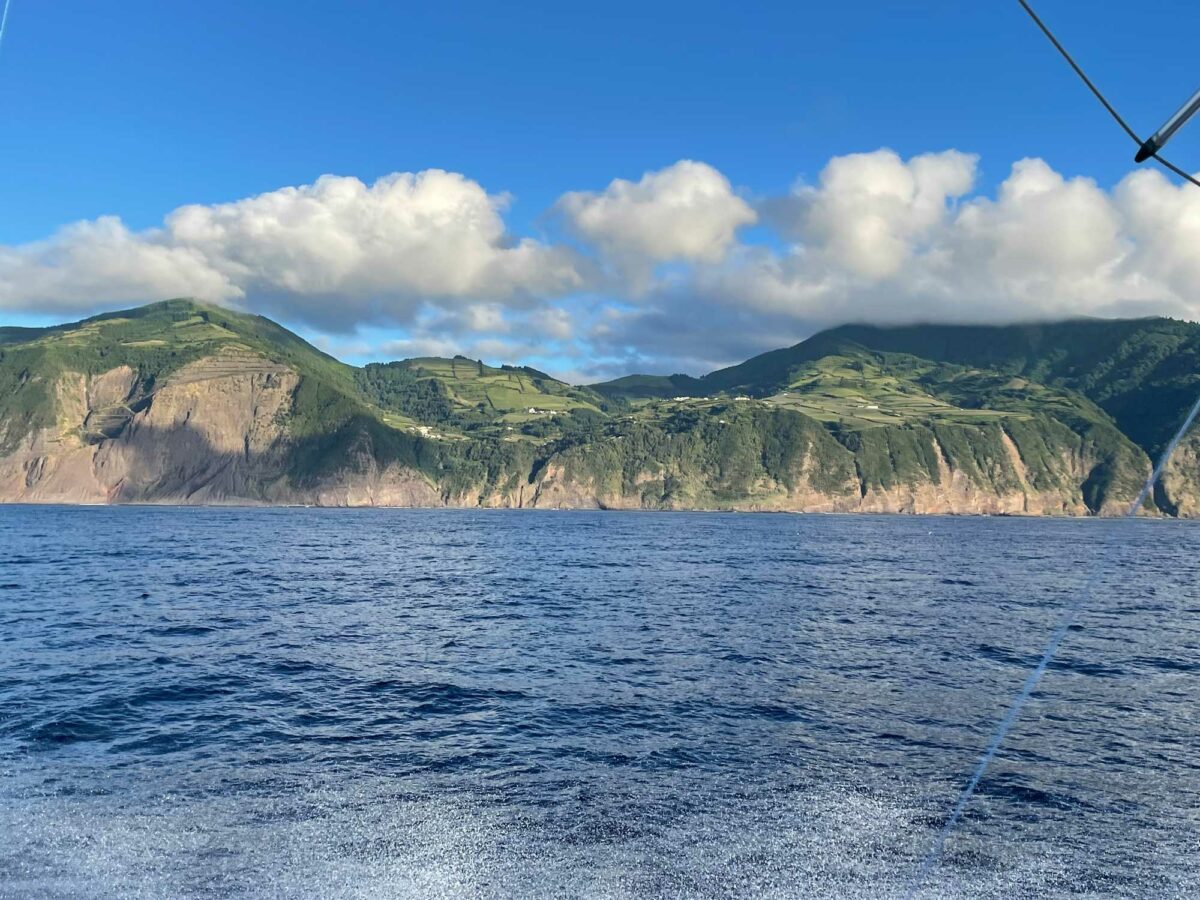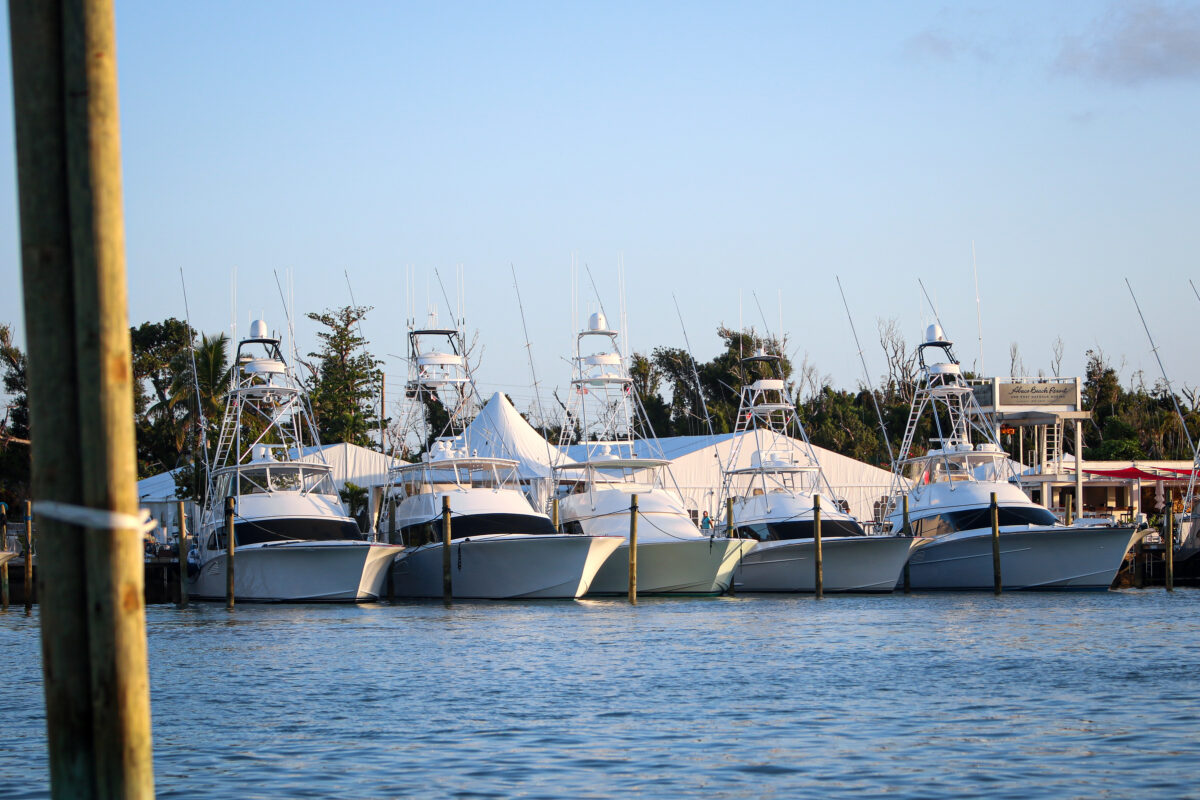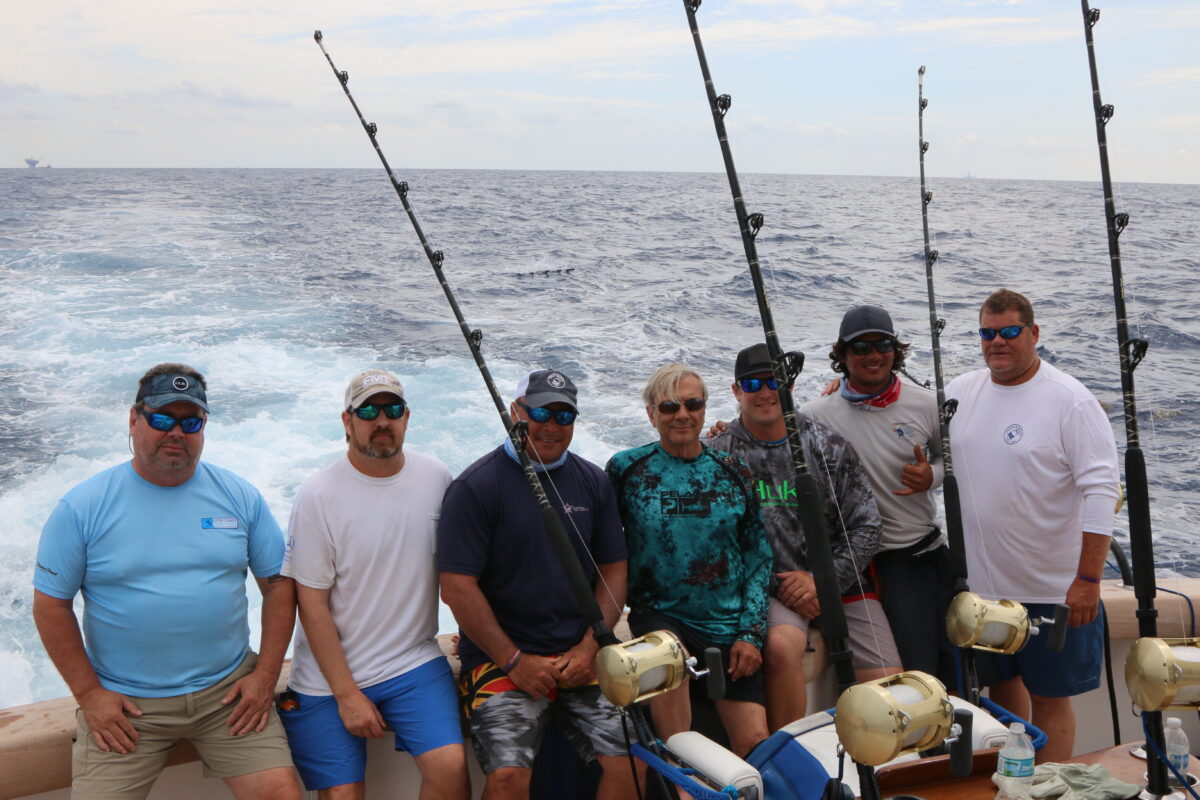Wheel watch is a word we use on our boat for taking control of the helm. The helm is the command station of any boat. When we travel abroad or go on fishing trips to places like Bermuda, Mexico and Panama that last for days at a time, and to other places where it entails weaving our way through the oil fields, the captain needs relief from the helm. I give each of my crew a certain amount of time at the helm when we take these types of runs. On our run to the Panama Canal, for instance, we have a crew of four, so it makes for a fairly short wheel watch. In calm conditions, each man takes about two hours during the day, and at night, four hours with two crew on the bridge. The weather, and many other things, dictate how a wheel watch situation works. It definitely isn’t always the same. Sometimes two people on the bridge during daylight hours are necessary. The utmost importance is always safety first, whether it’s a long run or a short run.
We have a few commonsense rules that keep stupid things from happening. For instance, not going in the tower unless it’s absolutely necessary, and if so, then making sure there is someone else on the bridge. Also, no hanging over the rail to relieve yourself unless someone else is outside. One false move, and you’re overboard 300 miles offshore and no one saw you go over. You get the picture! These little rules may sound like no big deal, but they could eliminate what could be a dangerous situation.
Just remember common sense. This is what I remind my crew to do on their wheel watch. Each man walks through the engine room and looks everything over before they climb to the bridge. Then whoever they are relieving at the helm will fill them in on where they’re at, what they are watching on the radar, and what they have seen during their watch, plus any other information they may feel is important. Also, we always clip a waterproof light on the helmsman in the event the unthinkable happens.
The helmsman has a huge responsibility. It entails always watching where the boat is going and to keep a sharp lookout. Everyone down below deck is trusting them. They must keep an eye on all main engine gauges. They must monitor the radio in the event that a survey vessel that is actively engaged in surveying requests them to change course. However, the most important thing is watching where you are going. We have all heard the stories of boats plowing into other boats, plowing into oil rigs or jumping jetties. All of this is preventable if the helmsman would just pay attention and do their job.
You might say it could never happen to you. Never say never. Keep a close watch on where you are going and remember common sense goes a long way.
That’s my two-minute warning. Fraz
Dive Deeper into the World of Sportfishing
Unlock Exclusive Savings: Enjoy 50% Off Your Subscription!
Are you ready to explore the thrilling world of sportfishing from the comfort of your home? Subscribe now and embark on a journey filled with captivating stories, expert insights, and insider tips. Choose between our digital or print edition and secure an incredible 50% discount on your subscription.
Subscribe today and get ready for an adventure like no other. Click here to subscribe and elevate your sportfishing experience with InTheBite Sportfishing Magazine.








